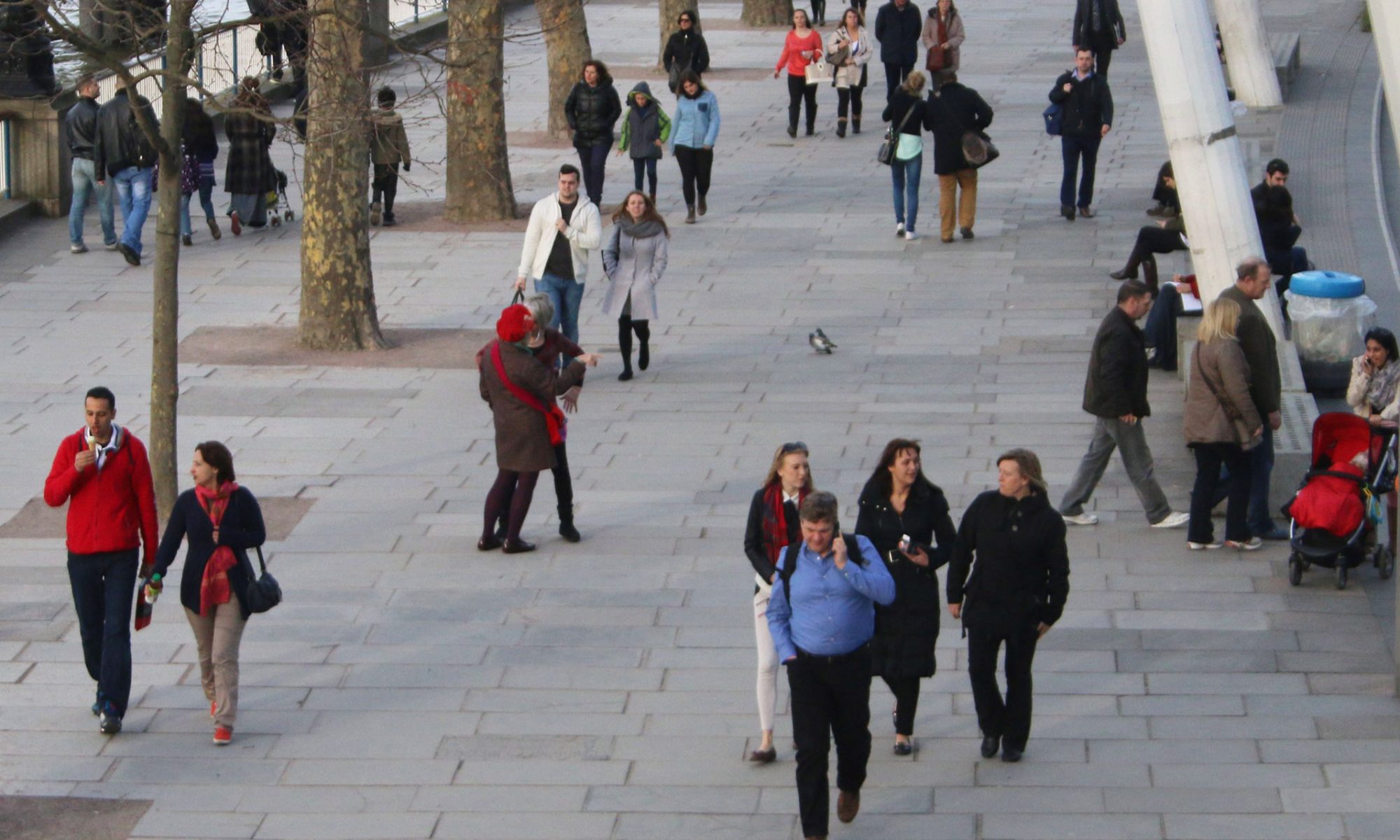
The science is clear, the protests are unavoidable: the world is facing a climate breakdown. Last year, the Mayor of London declared a “climate emergency“, with many London councils following suit. Time is running out to create policies that confront this emergency.
Given transport is a major source of carbon emissions and the one sector where emissions have failed to decline over the past 30 years, fast-tracking investment in a shift to walking (the most sustainable travel mode) and away from private motor vehicles is of critical importance.
London Living Streets calls on the Mayor to embark on an ambitious programme which includes the measures listed below.
Although the GLA and TfL must lead on this, significant contributions are also possible from the boroughs (highlighted in blue). If your council has announced a climate emergency, ensure these measures are included in their policies. Download a pdf version of our draft Climate Emergency policies here.
These measures are a work in progress, so please share comments at the bottom of the page.
1. Encouraging active travel: walking, cycling and public transport
- Accelerate the Walking Action Plan: 1m additional walking trips a day by 2022 and 1.5m by 2025.
- Crossing the road: use interventions including green man and SCOOT to reduce waiting times and save an additional 30,000 people hours each year from 2020; re-phase all signalised junctions in Central London by 2023, and within 400m of the 50 busiest transport hubs in outer London by 2025.
- Implement a 100km Central London Walking Network by 2025, embodying Healthy Streets principles.
- Ensure every London resident is within 400m of a bus stop with regular services by 2025.
- Expand Low Traffic Neighbourhoods from 20 km2 a year in 2020 to 100 km2 each year in 2025 (the surface area of Greater London is 1,569km2).
- Implement School Streets or complete motor vehicle bans around 50% of London schools by 2025, and 100% by 2030.
- Provide TfL funding to support substantial rollout of monthly play streets with a target of 50 per participating borough by 2022, and 100 by 2025.
2. Safer streets and roads
- Delegate speed limit enforcement and other traffic regulations to local authorities, with speed cameras deployed in multiple locations on 30% of A & B roads by 2023, 60% by 2025 and 100% by 2027.
- Provide mandatory Intelligent Speed Assistance (ISA) for all working vehicles in Greater London by 2025 and all other vehicles by 2030.
- Designate 98% (by length) of London’s roads within the M25 as 20mph, with an associated programme of street clutter removal.
3. Greening London’s streets
- Fund at least 100 new parklets per year from 2020 and introduce an incentivised parklets permit scheme with the target of at least one parklet for greening, resting and seating on every London street by 2030.
4. Reducing the impact of motor vehicles
- Introduce a London-wide road user charging with the aim of reducing motor vehicle use by 25% by 2022 and further annual reductions of 15% in following three years to 2025.
- Develop traffic modelling tools which take account of all travel modes including walking, and ensure TfL-funded projects genuinely reflect the Mayor’s transport hierarchy.
- Ensure 10% of all Central London deliveries are made by bicycle by 2023, 20% by 2025 and 30% by 2030.
- Mandate a London-wide rollout of controlled parking zones and lobby for powers to ban free off-street parking.
- Reallocate kerbside motor vehicle parking to trees and planting with a target of 10% of total London parking by 2025.
- Ensure all new residential developments within North & South Circular are car-free from 2020.
- Reallocate 2% of road space per annum from private motor vehicles to walking, cycling & public transport from 2020.
5. Reducing emissions
- Cancel the Silvertown tunnel.
- Block Heathrow and City airport expansion plans.
- Expand ULEZ to entire Greater London area by 2023.
- Ban petrol and diesel vehicles from Central London by 2025, inner London by 2030, outer London by 2035.
- Provide charging and incentives for electric vehicles only as a shared communal service, with equivalent incentives for non-motorised traffic. All facilities must be provided off street or on carriageway (never footway).
Main image: Martin Hearn, Flickr

